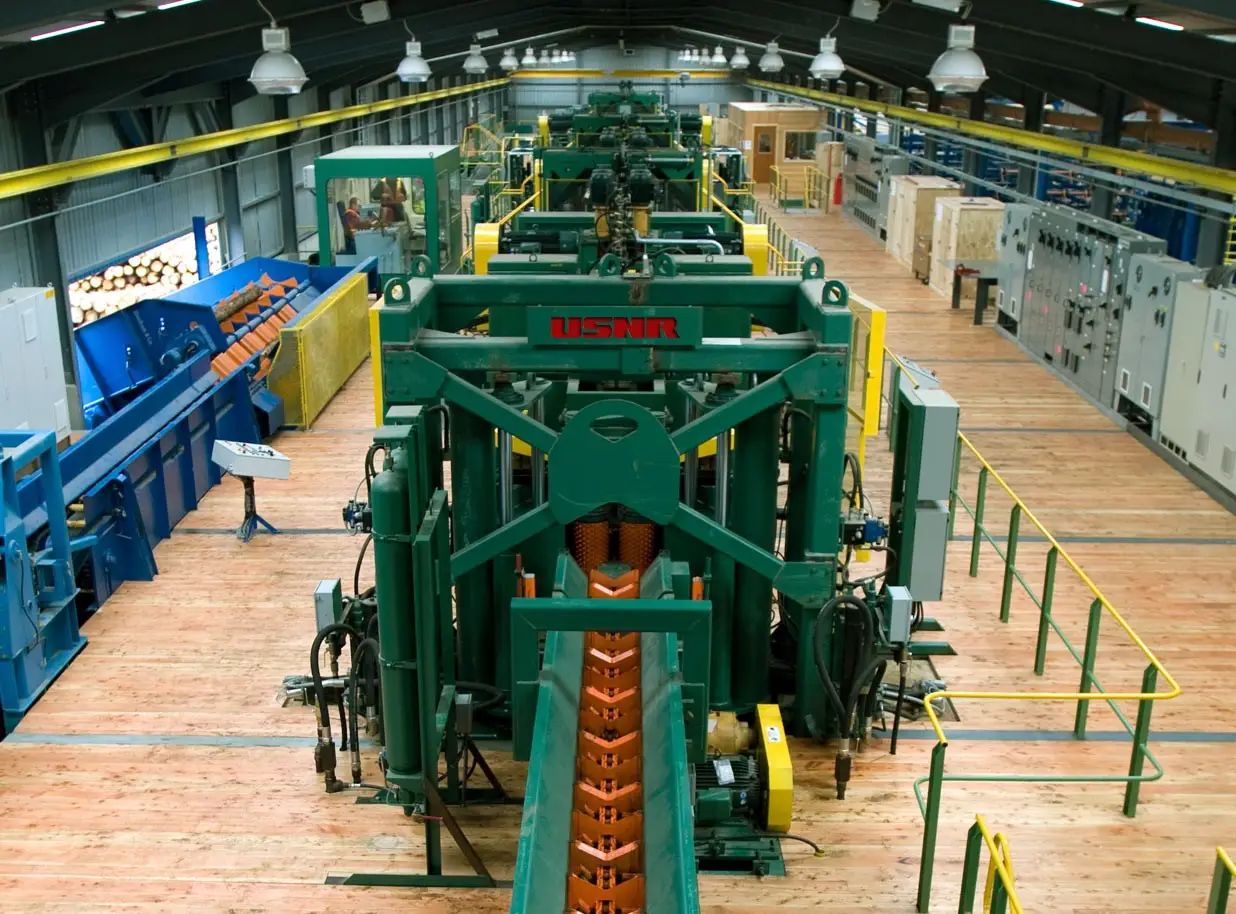Patterson Lumber to close Galeton, Pennsylvania hardwood sawmill
according to"wellsboro gazette” reports (April 1, 2025) that Patterson Lumber Company in Galeton, Pennsylvania, announced the closure of its hardwood sawmill.
“After nearly 75 years of operating a sawmill in Galeton, Patterson Lumber Company has decided to cease sawmilling operations,” the company said.
The timber company is a fourth-generation family business that began in 1921 and has been operating at its current location for 50 years.
Owner Karen Chambers said the factory would close permanently at an "undetermined date".
LumberFlow Expert Interpretation
Impact on Chinese importers:
- The factory mainly produces North American hardwood (such as red oak and white oak), which directly affects the supply of raw materials for high-end furniture and flooring in China.
- It is expected that the supply of hardwood will decrease by about 150,000-200,000 board feet per month from Q3 2025.
- It is recommended to pay attention to alternative suppliers: Pennsylvania's remaining production capacity may shift to large manufacturers such as Koppers and Arauco
Logistics impact:
- Hardwood logs originally exported through the Port of Baltimore need to be rerouted
- It is expected that the freight rate of hardwood containers on the east coast of North America may increase by 5-8% in the short term





